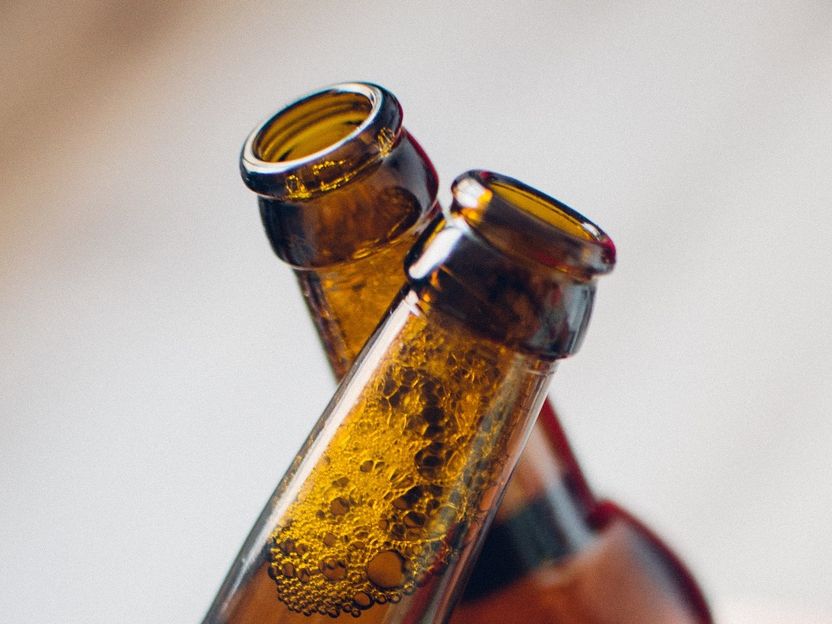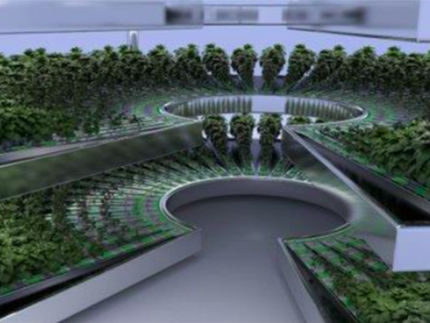More and more mergers and acquisitions in the beverage industry
M&A activity in the Beverage Industry continues to grow. Between 2019 and 2021, the volume increased from $15 billion to $25 billion. That's still far below the peak seen in 2014 and 2015, but global management consulting firm Kearney predicts in a recent study that M&A activity will increase in the coming years.

Bild von tookapic auf Pixabay
"The pandemic has led to notable changes in the beverage industry: Sales from bars and restaurants shifted to domestic consumption, there have been supply chain disruptions, and customer preferences have continually changed. As a result, today more than ever, beverage companies need to be able to flexibly adapt their product portfolios. The ability to identify and integrate attractive segments or shed unattractive ones will be a critical factor in the long-term success of any company," said Adrian Kirste, partner at Kearney. The global management consulting firm recently published a study that said M&A activity in the beverage industry continues to increase. Between 2019 and 2021, the volume increased from $15 billion to $25 billion. Current transactions in the industry have also contributed to this: Coca-Cola European Partners and Coca-Cola Amatil, Nestlé Waters and One Rock Capital Partners, and Lipton and CVC Capital Partners. This is still far below the peak levels seen in 2014 and 2015, but the Kearney study predicts a rising trend in the coming years.
Reasons for consolidation
"Two factors argue for more M&A activity: One is revenue. Beverage companies can use mergers and acquisitions to open up new distribution channels, regions or categories. In addition, acquisitions usually arouse media interest, which in turn increases brand awareness. Second, synergies. With additional size and reach, manufacturers can reduce costs throughout the value chain. They also gain a better negotiating position with key suppliers and customers, and can expand their capabilities by acquiring technology and sharing experiences," Kirste says, explaining the study's prediction.
Accurate predictions of how the market landscape will change in the coming years are difficult, but some types of transactions are more likely than others. Kearney sees eight main transaction variants:
- Vertical integration with contract manufacturers: beverage companies often rely on these collaborations to offer products with specific attributes.
- Consolidation in soft drinks: The market tends to be highly fragmented, especially in emerging markets, leading larger companies to buy up smaller players. Alternatively, local companies could form partnerships or acquire other companies. Expanding the portfolio to serve trends such as near-water drinks, CBD-enriched and adaptogenic relaxation drinks, meal replacement products and dairy alternatives is also an option for beverage companies.
- Soft drinks and hot beverages: soft drink suppliers are increasingly securing direct access to consumers by partnering with coffee chains. A successful example is JAB Holding, which has consolidated the coffee and tea market and sells hot drinks together with soft drinks and in its grocery chains.
- Beer and soft drinks: New trends in consumer preferences have brought soft drinks and breweries together. Here, products labeled Hard Seltzer are particularly in vogue. They are based on carbonated water and alcohol.
- Consolidation in the brewery segment: In some markets, e.g. Germany, the United Kingdom and Spain, the proportion of independent breweries is high, offering potential takeover opportunities. In order to continue to compete, smaller breweries will have to merge or come under the umbrella of large groups.
- Soft drinks and spirits: Soft drinks and spirits have always been a perfect combination, offering synergies in sales, marketing and distribution. A new generation of beverage manufacturers is developing premium products that consumers can enjoy in the comfort of their own homes. Soft drink manufacturers are already working with brewers to market Hard Seltzer products, so it is likely that cooperation will expand to include spirits.
- Spirits and wine: winemakers are under a lot of pressure in the face of global warming challenges. Smaller companies often seek the protection of financially strong parent companies and become part of large wine or spirits companies.
- Distribution via B2B2C platforms: AB InBev's BEES platform launched in 16 countries in 2019, offering more than 500 brands via app to more than 2.5 million small- and medium-sized retailers. The Coca-Cola Company, PepsiCo and Unilever have made similar moves and others will follow. However, customers are not expected to want to manage multiple apps, so consolidation is likely here in the longer term.
Leading beverage companies must now act decisively to adapt their portfolios
The pandemic was followed by supply chain disruptions caused by international conflict, trade embargoes and the dramatic impact of the climate crisis. Consumer beverage preferences are changing at a rapid pace. At the same time, government agencies and other stakeholders are pushing to make operations and products even more sustainable. In this environment, portfolio decisions are essential and can make the difference between success and failure. Leading beverage companies must act decisively now to flexibly adjust their portfolios and quickly integrate attractive product segments with high potential, while divesting others that have no profitable future.
Note: This article has been translated using a computer system without human intervention. LUMITOS offers these automatic translations to present a wider range of current news. Since this article has been translated with automatic translation, it is possible that it contains errors in vocabulary, syntax or grammar. The original article in German can be found here.































































